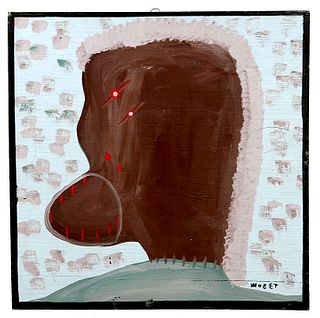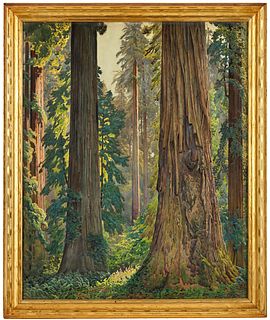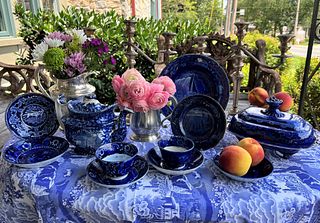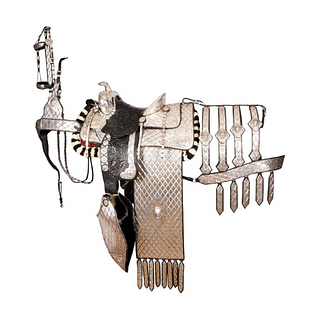Six Tips for Collecting Indigenous Art
Collecting indigenous art can be a tricky affair. Whether it’s Aboriginal paintings from Australia, Native American artifacts or tribal masks from New Guinea, dipping you toe in the pool for the first time and making sound purchases isnt always easy.
And rest assured, there are pit falls. Unscrupulous dealers, questions of authenticity, what’s good or bad…it’s enough to give even the most stoic of potential collectors cause for concern. Yet with a little guidance and some good ole fashioned common sense you can soon put together a collection that tells its own unique story without getting you burned along the way.
1. Do your homework

When it comes to less expensive pieces, what the heck, go for it! However, when considering work valued over $5,000 it’s important you do your homework. Read about crafts areas you’re interested in and don’t be afraid to ask galleries to recommend books and websites. Many also offer educational brochures and web pages on different types of crafts.
2. Build good relationships with good galleries
Most good art from Indigenous communities goes to galleries. For this reason, it pays to build strong relationships with reputable galleries. Talk to the people you are buying from – they’re a great sources of information and often offer learning opportunities through exhibits. Also, ask for certificates of authenticity or written records on a business card, letterhead, or receipt. Remember, if a deal looks too good to be true then it probably is!

Three Stirrup Spout Vessels
3. You dont have to spend a lot to acquire quality artwork
You don’t always have to drop the big bucks to add a valuable piece to your collection. By purchasing items in the lower price bracket, you’re supporting developing artists and acquiring a tangible piece of their development. Who knows where it could lead?
4. Consider the cultural significance of the artwork
Indigenous Art tells the story of its culture when and where it was created. A potential buyer should pay close attention to the “content” within a piece, for this is where the real richness lies.

Plains Cree Buffalo Hide Pad Saddle - available on Bidsquare!
5. Ask questions
Questions, questions, questions. Load them up and fire away! As we said earlier, a knowledgeable and helpful gallery staff is a good sign of a reputable business. What materials were used? Is it hand-made? Is there a tribal affiliation? Can you tell me something about the artist? Information is power, or at the very least ammunition to stop you from falling flat on your face.
6. Listen to your heart
Finally, trust your instincts and buy art that you yourself are into. If you fall in love with a piece and it’s going to make you happy, and the price is right, why not take the leap? Knowledgeable opinions are fine but ultimately the indigenous art you purchase belong to you. Have fun!
- Quilts as a 2025 Design Trend: A Celebration of American Heritage and Craftsmanship
- A Celebration of Sports History and Collectibles
- Antiques and the Arts Weekly Q&A: Allis Ghim
- The Thrill of Sports Memorabilia Auctions: A Collector’s Paradise
- Demystifying Coin Condition: A Guide to the Sheldon Grading Scale
- Snoopy & Friends: A “Peanuts” Auction at Revere
- Colorful Chinese Monochromes at Millea Bros
- 12 Holiday Gifts for the “Impossible to Buy For” on Bidsquare
- Alluring Art Objects and Accessories from the Estate of Chara Schreyer
- Kimball Sterling's One-Owner Outsider and Folk Art Collection Showcases Masters of the Unconventional



 EUR
EUR CAD
CAD AUD
AUD GBP
GBP MXN
MXN HKD
HKD CNY
CNY MYR
MYR SEK
SEK SGD
SGD CHF
CHF THB
THB












